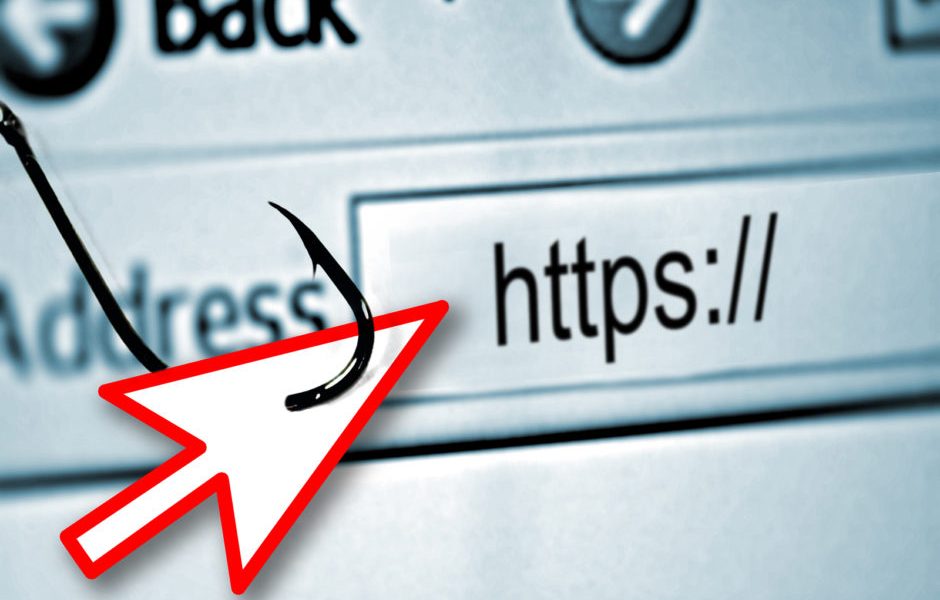User data and privacy are ever before. With data breaches and website vulnerabilities on the rise, consumers are rightfully concerned personal information is protected online. That’s why website verification is such a critical process for responsible companies who value user trust. It refers to the process of confirming the legitimacy and security of a website and being validated by trusted third-party source verification services including the Norton Secured Seal, McAfee SECURE, and trusted. Displaying one of these trust badges on your site signifies website has passed various securities and meets certain standards for protecting sensitive user data. Here are three key reasons why completing website verification should be a priority:
- Deter cyber threats
Verifying your 먹튀검증 tells users steps to keep their data secure. It warns cybercriminals that your site is an easy target for attacks like phishing scams, malware injections, and data breaches. Verification seals are backed by trusted brands devoted to digital security, so carry significant weight and criminals to steer clear of your site. Proactively hardening your defenses is hugely important in today’s risky online landscape.
- Build user trust
When users see a verification seal, it reassures proper care is taken to protect their information. It’s a visual cue that security is a priority for your business. Users are more likely to feel providing personal data and your website their data is in good hands. Building user trust is transparency, and independent verification demonstrates you to security protocols.
- Meet industry standards
Website verification also shows users that you meet expected industry criteria when it comes to privacy and data handling. There are legal standards like GDPR that require businesses to secure to protect customer information. Verification proves your compliance with current regulations and your commitment to industry best practices. A Closer Look at the Website Verification Process so what exactly does the website verification process entail?
- Submitting an Application: You’ll need to apply to the verification provider, including your domain name, business info, and account admin details kick off their review.
- Security Scanning: The provider will run scans to check for vulnerabilities like malware, outdated software, unencrypted data, and other weaknesses bad actors could exploit.
- Manual Review: Experts will manually review your site’s content, privacy policy, and security headers protections to ensure you meet all requirements.
- Ongoing Monitoring: Once approved, your site will be continuously monitored and rescanned over time to ensure you maintain security standards. Your seal could be revoked if major issues emerge.
- Renew Verification: You’ll need to renew your verification seal periodically (usually every 1-2 years) to confirm you still pass all scans and meet the latest criteria.
As you can see, website verification involves rigorous analysis by cybersecurity and privacy experts. Approval is not guaranteed – which further underscores the value of earning a trust seal. If you don’t yet have third-party verification, prioritize adding a trust seal as soon as possible. And don’t forget to renew verification regularly and promote your seal prominently across your site. When users feel their data is safe, confidence, loyalty, and conversions.



